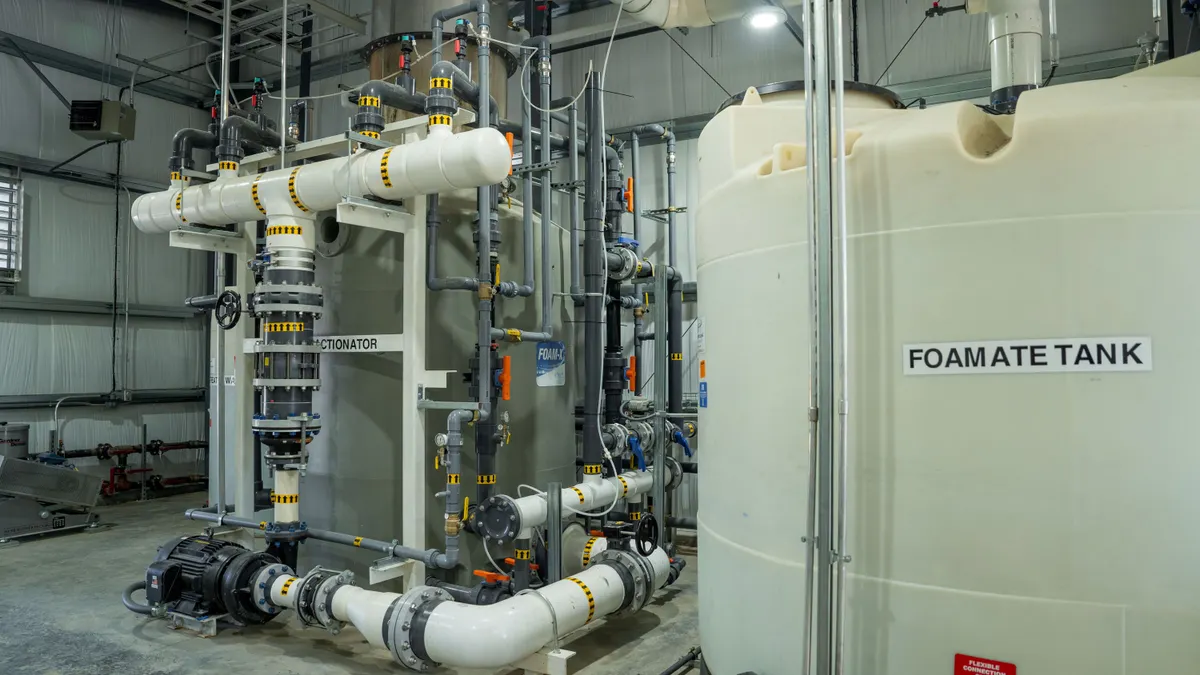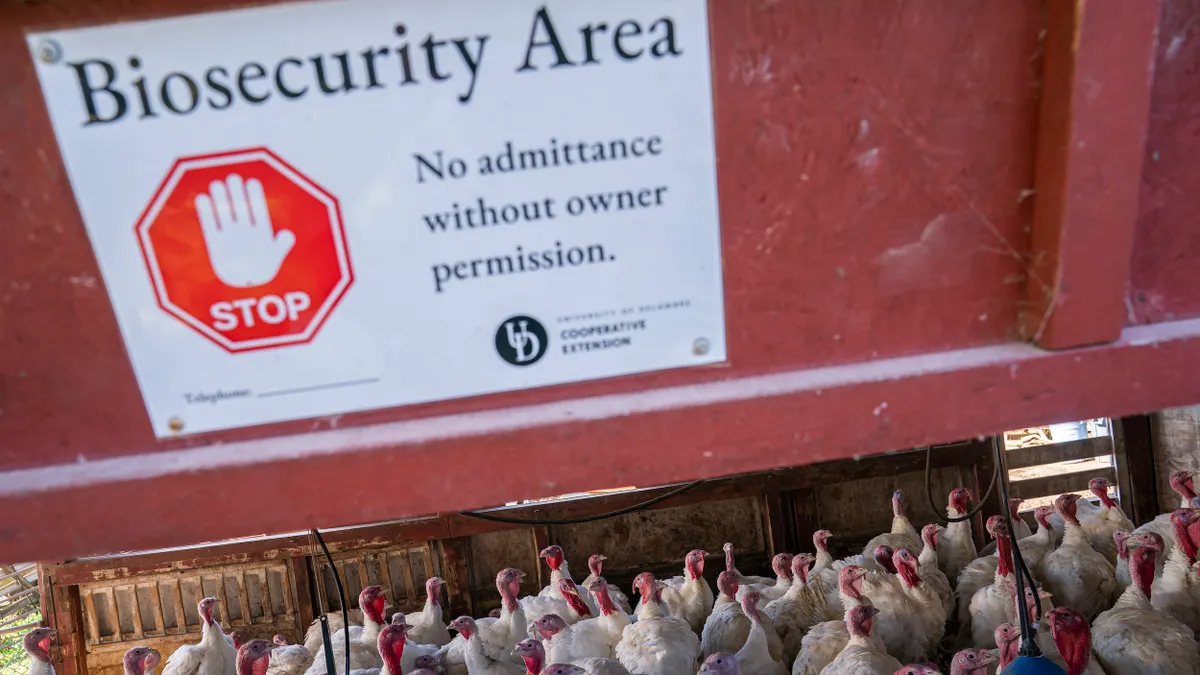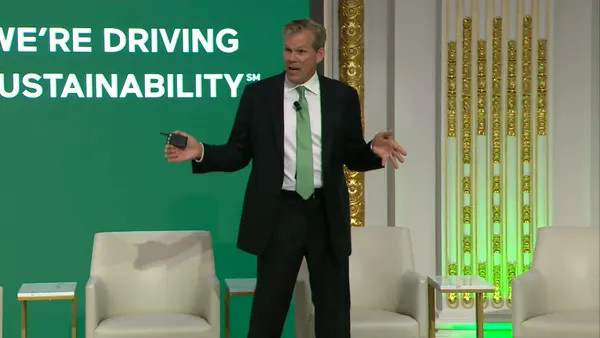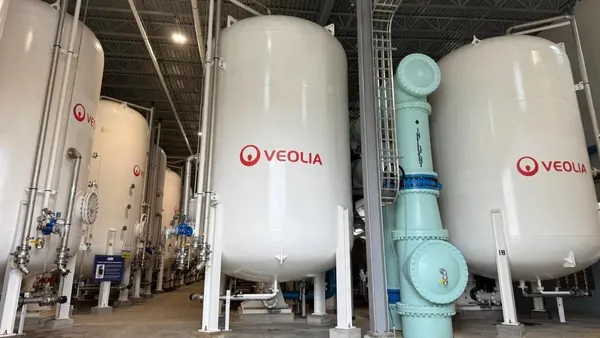Dive Brief:
- Montrose Environmental Group expects state and local regulations to drive future business despite shifting federal regulations, particularly for its suite of PFAS remediation services and its services for air and water testing, executives said during a Q2 earnings call on Thursday.
- Recent news that the U.S. EPA is considering rescinding its “endangerment finding,” which states that certain greenhouse gas emissions endanger human health, is not likely to affect Montrose’s business, said CEO Vijay Manthripragada. “Most of our work is for clients who operate in states that actively regulate greenhouse gasses,” he said, adding that he expects increased regulatory influence in those states.
- Meanwhile, Montrose reported Q2 revenue of $234.5 million, a 35.3% increase year over year. It was “the best performing quarter by virtually any financial or operating metric used to assess the business,” and was the third consecutive quarter of record results, he said. That’s due in part to a mix of organic growth, solid cash flow and “simplifying our balance sheet.”
Dive Insight:
The EPA under the Trump administration has made several notable regulatory decisions that could affect how companies manage their operations with respect to per- and polyfluoroalkyl substances, air emissions, leachate, biosolids and drinking water quality. That has created “a fair amount of regulatory uncertainty in the near term,” Manthripragada said.
The EPA’s intent to rescind the endangerment finding could impact how the government regulates GHG emissions under the Clean Air Act. However, Montrose’s services for greenhouse gas identification, measurement and mitigation “is a growing service for us” from both a revenue growth and margin profile perspective, he said.
Along with its U.S.-based clients, Montrose also has clients who work on a global scale and are subject to international protocols such as Europe's methane monitoring requirements.
Greenhouse gas monitoring and measurement accounts for about 3% of Montrose’s business, with about two thirds of that “in states that regulate greenhouse gas independent of the federal government,” Manthripragada said.
About 80% of Montrose’s 2024 revenue was generated by U.S.-based clients, mostly from private sector companies across numerous industries including the waste industry. “These clients favor long-term planning, seek to mitigate the impact of political swings and aim to comply with the complex patchwork of state and local regulations,” he said.
Meanwhile, the EPA’s decision to roll back some parts of its PFAS drinking water standard could affect how landfill operators and other waste companies handle leachate headed for water treatment facilities.
While some industries have decided to take a wait-and-see approach on PFAS regulations before investing in remediation, landfill operators and waste industry customers have been some of the more proactive of Montrose’s clients.
Montrose’s PFAS remediation and research divisions may see a boost in business due to the EPA’s recent stance on regulating the chemicals, which Manthripragada said has started offering more clues into how the administration plans to prioritize certain regulations. The agency has called PFAS contamination an “urgent issue” even as it rolled back PFAS drinking water regulations and has withdrawn other proposed rules regulating PFAS in plastics.
“Once Administrator Zeldin's posture on PFAS became much clearer, candidly, it became clearer in a way that is beneficial to Montrose long term,” he said.
EPA has said PFAS contamination and PFAS-centered research are important priorities for the administration, which has helped stabilize Montrose’s business offerings around the chemicals, particularly demand from multiple business sectors for testing offerings, Manthripragada said.
“We know it is now clearly going to be regulated [in drinking water]. The thresholds are low and the deadlines have moved out, and so that's shifted the mix for us a little bit, but we're seeing nice continued growth within our testing business,” he said.
The EPA’s current position on PFAS in drinking water has “enabled folks to start moving these projects along,” he said, adding that the pipeline for monitoring projects has increased but it will take time to get many of those projects off the ground.











